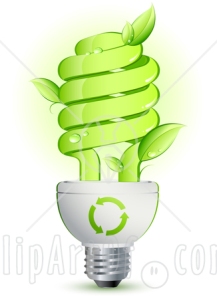 Last January 12, 2010 the state of California adopted a green building code called California Green Building Standard Code CALGREEN. CALGREEN is the first mandatory code in the US and requires that new buildings be designed more efficient and green. The code will help California reduce its greenhouse emissions and to achieve the production of 33 percent of renewable energy by 2020.
Last January 12, 2010 the state of California adopted a green building code called California Green Building Standard Code CALGREEN. CALGREEN is the first mandatory code in the US and requires that new buildings be designed more efficient and green. The code will help California reduce its greenhouse emissions and to achieve the production of 33 percent of renewable energy by 2020.
The code addresses different areas of sustainability, such as water use reduction, diversion of construction waste from landfills and the use of low VOC materials. This topics are also addressed by the USGBC’s LEED rating systems, so it would be interesting to see similar requirements in both the code and LEED’s credits.
CALGREEN also will require separate water meters for non-residential buildings for indoor and outdoor water use. This is a great advance in code’s requirements. Throughout the last year, people have been concerned about energy, how to try to get off the coal energy production, but there is really little concern about water. And water is a precious resource that eventually could lead to secondary problems among nations. We need to preserve water, reuse it, and avoid polluting it.
This link lead to the draft document containing the code.
Click to access Draft-2010-CALGreenCode.pdf




